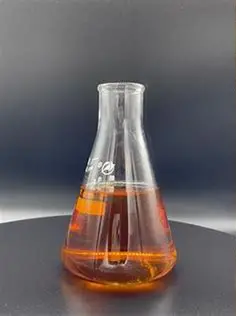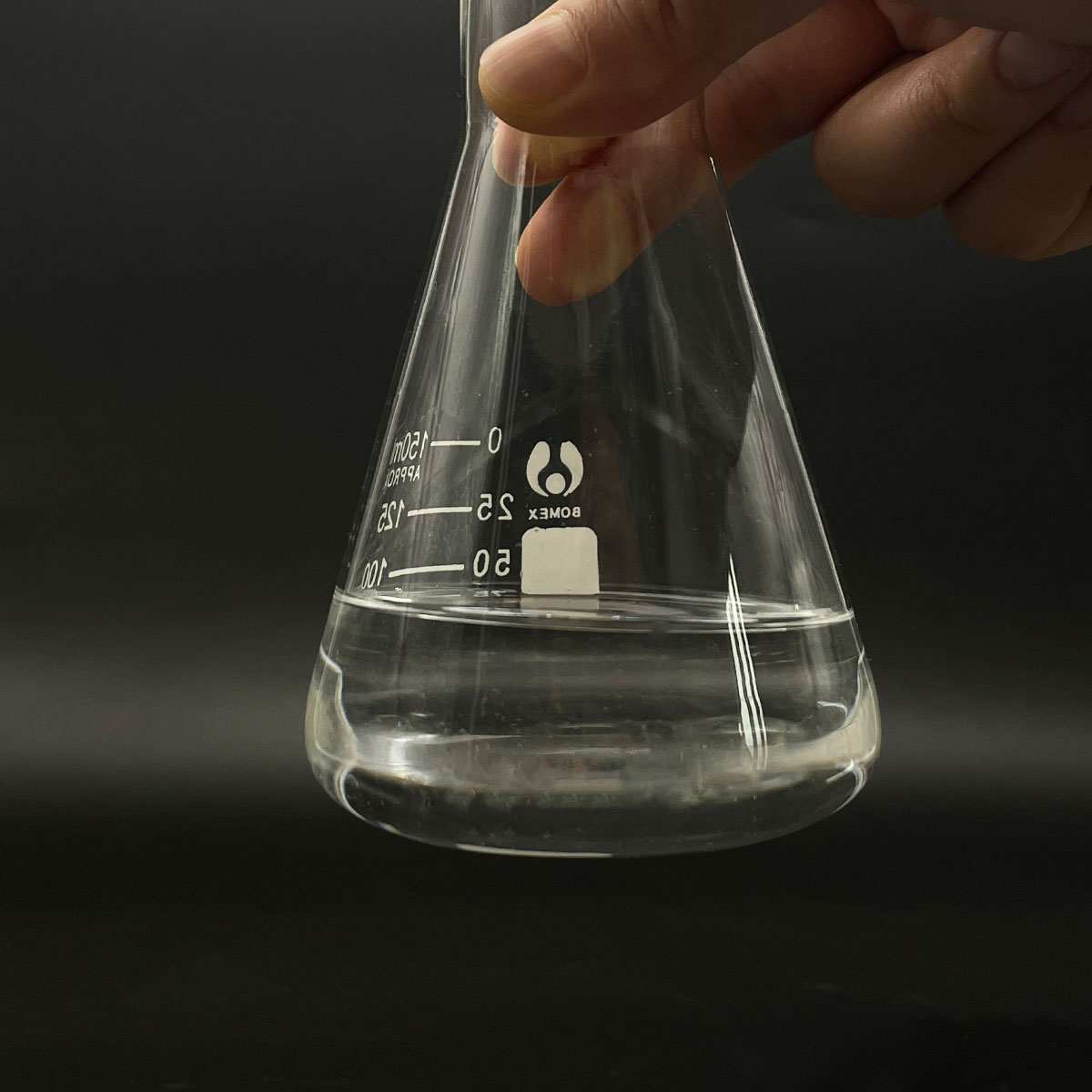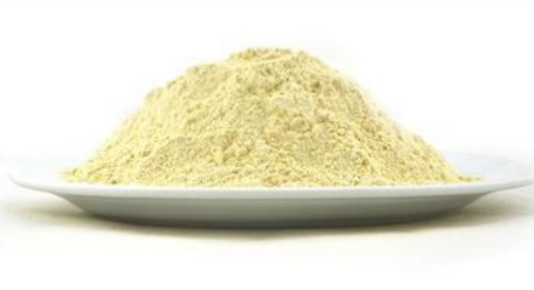1. Introduction
Let’s be honest: when you hear ‘sodium lauryl sulfate,’ your brain probably conjures up images of sudsy shampoo or that weird film on your bathroom mirror after brushing your teeth. But what if we told you this unassuming compound is also helping farmers zap stubborn weeds with surgical precision? Yep—SLS (also known as sodium dodecyl sulfate or na lauryl sulfate) isn’t just a bathroom staple. In the world of precision agriculture, it’s a stealthy surfactant superhero.

Surfactants—short for ‘surface-active agents’—are molecules that reduce surface tension, allowing liquids to spread and penetrate more effectively. The meaning of surfactant might sound textbook, but in practice, it’s the difference between a herbicide beading up on a waxy leaf and actually soaking in to do its job. And sodium lauryl sulfate? It’s one of the most cost-effective anionic surfactants out there.
2. Why Agriculture Needs Surfactants Like SLS
Plants aren’t exactly eager to absorb chemicals. Many weeds have waxy, hydrophobic cuticles that repel water-based sprays like a duck shaking off rain. Enter surfactants for herbicides. These additives act as ‘wetting agents for grass’ (or weeds, in this case), breaking surface tension so active ingredients can stick, spread, and seep into plant tissue.
Among the many options—non ionic surfactant types like polysorbate 80, bio surfactants like decyl glucoside, or even fluoro surfactants—sodium lauryl sulfate stands out for its affordability, solubility, and strong anionic character. It’s often blended with other surfactants to create synergistic effects. For instance, pairing SLS with an amphoteric surfactant like cocamidopropyl betaine (also called coco betaine or amidopropyl betaine) can stabilize formulations and reduce phytotoxicity.
3. The Surfactant Cocktail: Mixing Anionic, Cationic, and Amphoteric Players
Not all surfactants play nice together. Anionic and cationic surfactants tend to neutralize each other—like oil and water, but with more fizz. That’s why formulators avoid mixing anionic cationic pairs unless they’re going for a very specific reaction (which, spoiler: they usually aren’t).

Instead, agricultural chemists craft smart blends. A typical high-performance herbicide might include:
- Sodium lauryl sulfate (anionic) for wetting and spreading
- Methylated seed oil (a nonionic surfactant) to enhance penetration through waxy layers
- Alkyl polyglucoside or coco glucoside (bio-based, nonionic) for eco-friendliness
- Cocamidopropyl (derived from coconut oil) to buffer irritation and improve foam control
Some advanced mixes even incorporate sodium lauroyl sarcosinate or sodium cocoyl isethionate—milder anionic surfactants often found in ‘sulfate-free’ shampoos—to reduce environmental impact without sacrificing efficacy.
4. SLS vs. Its Sulfate Siblings: What’s in a Name?
Confused by the alphabet soup of sulfates? You’re not alone. Sodium laureth sulfate (also called sodium lauryl ether sulfate or sodium lauryl ether sulphate) is often mistaken for SLS, but it’s ethoxylated—meaning it has ethylene oxide groups attached, making it milder and less irritating. Laureth sulphate, sulphate laureth sulfate, sls sodium laureth sulfate… the naming chaos is real.
In agriculture, however, purity and cost matter more than mildness. That’s why sls sodium lauryl sulfate remains popular: it’s potent, cheap, and widely available. Companies like Rohit Surfactants Private Limited even offer sodium lauryl sulfate for sale in bulk for agrochemical use. And no, it’s not the same as ammonium lauryl sulfate or ammonium dodecyl sulfate—those are different salts with slightly different solubility profiles.

5. Beyond SLS: The Rise of Greener Alternatives
While SLS is effective, the push for sustainable farming has spurred interest in bio surfactants. Think sodium coco sulfate (sometimes labeled as coco sodium sulfate), sodium cocoyl glutamate, or even lignin sulfonate—a byproduct of paper manufacturing that doubles as a natural dispersant.
Nonionic surfactants like ethoxylated alcohol, Span80, or poloxamer 188 (also known as Pluronic 127) are also gaining traction. They don’t carry a charge, so they’re less likely to interact with soil ions or active ingredients. Plus, they’re often biodegradable—good news for earthworms and groundwater alike.
Still, SLS remains a workhorse. When you need reliable performance at scale, few surfactants beat its cost-to-efficiency ratio. Just don’t confuse it with sodium dodecylbenzene sulfonate—that’s a different anionic surfactant used more in detergents than in fields.
6. Practical Tips for Farmers and Formulators
If you’re mixing your own herbicide solution, remember: more surfactant isn’t always better. Overdoing it can cause runoff, leaf burn, or even reduce herbicide uptake. A common rule of thumb is 0.25% to 1% surfactant by volume—roughly 1–4 teaspoons per gallon of water, depending on the weed and weather.
Also, check compatibility. Don’t toss in cetyl trimethyl ammonium bromide (CTAB)—a cationic surfactant—unless you want your mix to turn into sludge. And while copper 1 bromide might sound sci-fi, it’s unrelated to surfactant chemistry (save it for catalysis class).
7. Conclusion
So next time you lather up with shampoo containing sls sulfate, spare a thought for the farmers using that same molecule to protect crops and feed the world. Sodium lauryl sulfate may be humble, but in the right context—like precision weed control—it’s nothing short of revolutionary. Whether paired with laureth, betaine, or methylated seed oil, this surfactant proves that sometimes, the most powerful tools come in the smallest (and foamiest) packages.
Our Website founded on October 17, 2012, is a high-tech enterprise committed to the research and development, production, processing, sales and technical services of ceramic relative materials such as Sodium. Our products includes but not limited to Boron Carbide Ceramic Products, Boron Nitride Ceramic Products, Silicon Carbide Ceramic Products, Silicon Nitride Ceramic Products, Zirconium Dioxide Ceramic Products, etc. If you are interested, please feel free to contact us.


